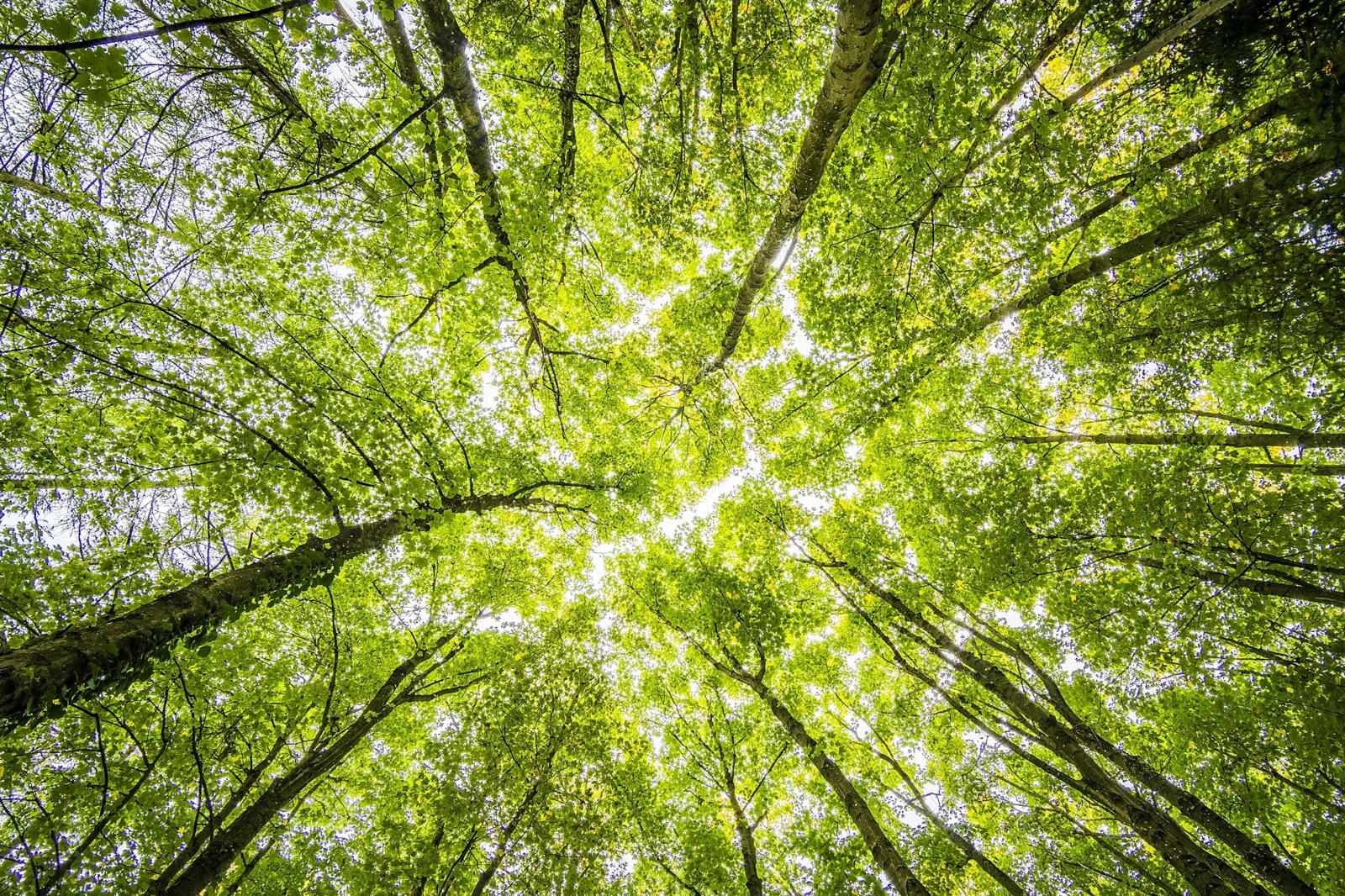
Trees are beautiful, powerful parts of our landscape. They provide shade, improve air quality, and add aesthetic value to any property. However, even the healthiest-looking tree can sometimes pose hidden dangers. Knowing how to spot the signs of a hazardous tree can help you avoid accidents, property damage, or the need for an emergency tree service.
Here are some common signs to watch for that may indicate a tree is dangerous — and what you should do about it.
Leaning Trees
A tree that leans suddenly or leans more than 15 degrees from vertical may be unstable. Leaning can indicate root damage, soil erosion, or weakening support. While some trees grow at an angle naturally, a sudden lean is a red flag. Don't wait — it could fall at any time.
Cracks or Splits in the Trunk
Large cracks, splits, or wounds on the trunk are often signs of internal decay or structural instability. These weak points can make the tree more likely to break during storms or high winds. If you notice a deep split or vertical crack, it's time to consult a professional.
Dead or Falling Branches
Deadwood is one of the most obvious signs of tree stress. If large branches have fallen recently or if the upper branches appear dry and brittle, the tree could be in decline. Dead limbs can fall without warning, posing a danger to people, pets, and property.
Root Problems
Since roots are underground, it's easy to overlook their health. But if you notice mushrooms growing around the base of the tree, visible root damage, or the tree is pulling up from the ground, these are serious concerns. Roots anchor the tree — if they're compromised, the entire tree is at risk of falling.
Pests or Fungus
Insect infestations or fungal growth can speed up a tree's decline. Beetles, termites, and other pests often feed on decaying wood. If you notice hollow sounds when tapping the trunk or fungal conks growing out from the bark, your tree may be rotting from the inside out.
Excessive Leaf Loss
If a tree starts losing leaves at the wrong time of year or only in certain sections, it could be experiencing stress or disease. Sparse foliage or yellowing leaves are often early signs of declining health.
When to Call in the Pros
If you're unsure about your tree's condition, it's best to contact a certified arborist or tree care professional. An expert can assess the situation and determine whether the tree can be saved or needs to be removed for safety.
If you're searching fortree service near me, be sure to choose a provider with the right experience and credentials. For those in the Queen City area, our team offers expert-leveltree service Charlotte NCresidents can trust.
And in urgent situations — like storm damage or sudden tree failure — don't hesitate to call foremergency tree service. Acting quickly can prevent injuries and minimize damage.
Final Thoughts
Trees are a valuable asset, but when they become hazardous, they require immediate attention. Regular inspections and proactive maintenance can keep your trees safe and your property protected. If something feels off about a tree in your yard, don't take chances — get it checked before it's too late.
The author is a certified arborist who has years of experience in offering comprehensive tree services, including trimming, removal, planting, and health assessments. To know more, visithttps://aaatrees.net/
Write a comment ...